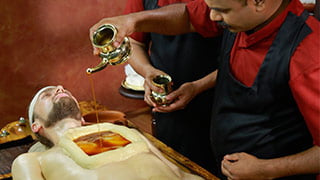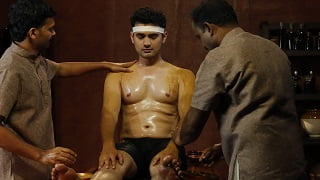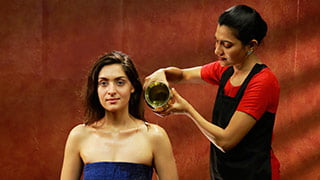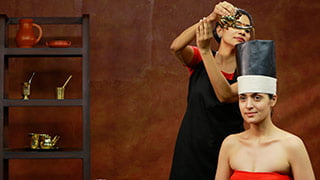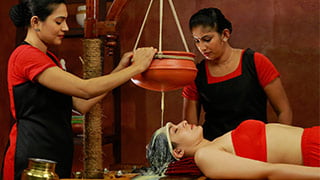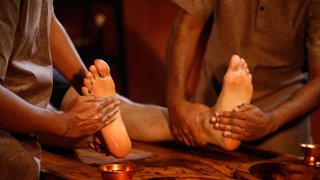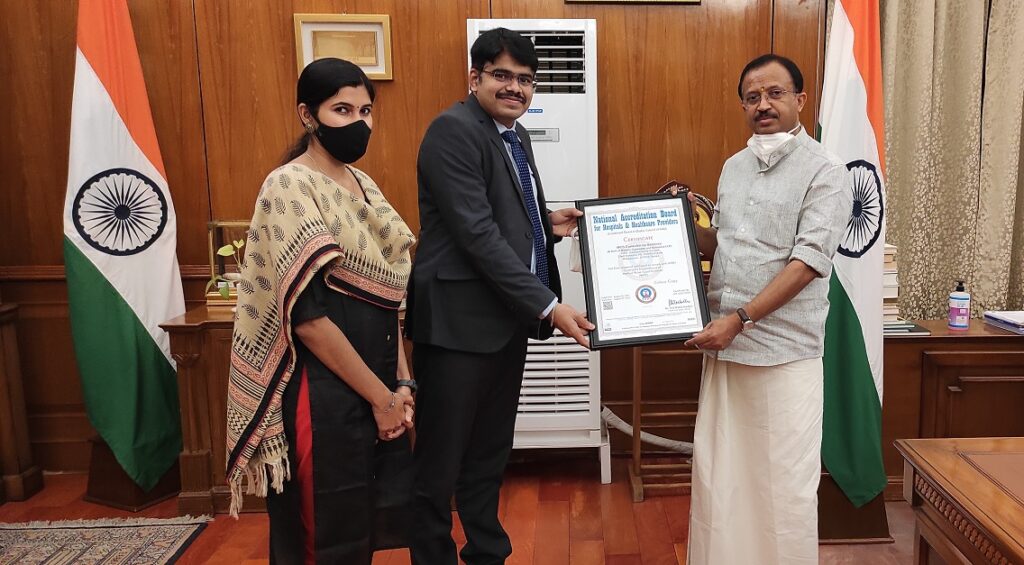Ayurveda - The Science Of Longevity
Ayurveda, a 5000-year-old traditional medicine system, derived its name from two Sanskrit words, Ayur (means life) and Veda (means knowledge or science). It is amply clear that Ayurveda is not only a system of medicine but also a way of life to complete positive health and spiritual attainments. Ayurveda believes that positive health is the basis for attaining four cherished goals of life (chaturvidh purushartha) viz., Dharma, Artha, Kama, Moksha. All these four goals cannot be achieved without positive health.
Ayurveda or the ‘science longevity’ is the system of nature cure. It is known to promote positive health, natural beauty, and long life based on universal principles. Since its inception, Ayurveda has treated and continues to do so, even the most life-threatening diseases such as cancer.
The knowledge of Ayurveda was passed on orally through a lineage of sages in India until it was collated into text more than five thousand years ago. The oldest known texts on Ayurveda are the Charaka Samhita, Sushruta Samhita, and the Ashtanga Hrudaya. These texts detail the effect that the five elements found in the cosmic system – earth, water, air, fire, space – have on our individual system, and expound on the importance of keeping these elements balanced for a healthy and happy life.

According to Ayurveda, each person will be influenced by certain elements more than others. This is because of their Prakriti, or natural constitution. Ayurveda categorizes the different constitutions into three different doshas:

Vata dosha, in which the air and space elements dominate
Pitta dosha, in which the fire element dominates
Kapha dosha, in which the earth and water elements dominate
The dosha affects not just the shape of one’s body but also bodily tendencies (like food preferences and digestion), and the temperament of one’s mind and emotions. For example, the earth element in people with Kapha dosha is evident in their solid, sturdy body type, their tendency for slower digestion, their strong memory, and their emotional steadiness. Most people’s Prakriti is made up of a combination of two doshas. For example, people who are “Pitta Kapha” will have the tendencies of both Pitta dosha and Kapha dosha, with Pitta dominating. By understanding the qualities of our natural constitution we are better able to do what is needed to keep ourselves in balance.
Treatments In Ayurveda
Ayurveda believes in treating the fundamental cause of any illness to ensure long-lasting relief. The three traditional approaches to treating diseases in Ayurveda are Shodhana (Bio-cleansing or Panchkarma therapy),Shamana ( Palliative care), Nidana parivarjana (Avoidance of causative factors).
Dravyas are medicines or drugs that must be further purified to become the final medicine consumed by the patient. Each dravya takes its own time in healing and has its own constituent properties that affect a patient in their own ways. once the dravya has been isolated, physicians have a range of special preparations that can be administered to the patient. These different formulations of the dravya are finally consumed at varying levels of potency, based on the severity of the disease.
Ayurvedic Medicines
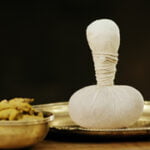
Kashayam or Kashaya is a widely used form of dosage inAyurvedic Medicine. It refers to water decoction or extract of a single herb or group of herbs used for treating different diseases like indigestion, cough, common cold, etc.
Kizhi in Ayurveda treatment is a type of massage performed using small satchels containing herbal powders, herbs, rice or sand. Depending upon the type of material used, kizhi is classified as, PodiKizhi that uses dry powdered herbs, ElaKizhithat uses raw herbs mainly leaves and roots, NavaraKizhi that uses special Navara Rice and ManalKizhi that uses sand particles.
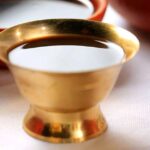
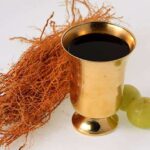
Thailams areAyurvedic massage oils infused with herbs that can help with different ailments concerning the skin, muscles, joints, and bones. They are highly used to treat gout and arthritic conditions. They are also widely used for skincare, haircare, postnatal and antenatal care as well.
Arishtams are Ayurvedic medicines prepared by boiling medicinal herbs in water and then fermenting the decoction. Some of the widely used arishtas are: Abhayarishta,Amrutharishta,Ashokarishta etc.

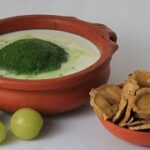
Churnam (also known as ayurvedic powder) is a category/group of ayurvedic medicines in which single herb or a specific number of herbs are ground to make a fine powder. In addition to herbs, Churna can also contain fine powder of salts, sugar, and other ayurvedic ingredients.
InAyurveda Medicine, Avarthis means medicated oil. KsheerabalaAvarthi is one of the medicated oils which relieves rheumatic pains.It helps to relieve pain and inflammation. It is used inarthritis, sciatica, myalgia, spondylosis, etc. It is used in pain due to neurological origin neuralgia
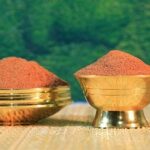
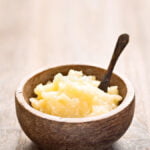
Gulikas are tablets dispensed to patients for their ease of consumption. They are made by rolling medicinal pastes into balls and drying them under the sun
Ghrutham is essentially ghee, or clarified butter, heated with a herbal mixture and prepared in the consistency of a Thaila. It is given to the patient to cure issues ranging from joint pains to nervous disorders, epilepsy (involuntary movements and convulsions) and even poisoning.

Ayurveda Treatments
